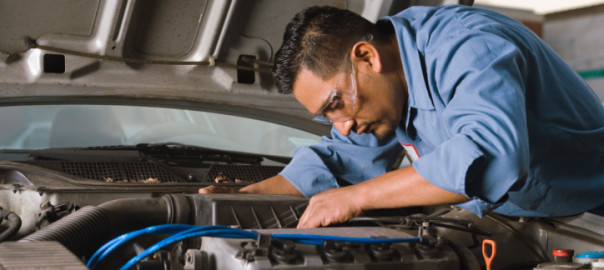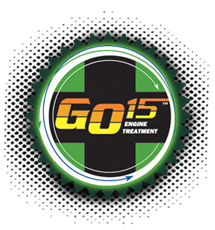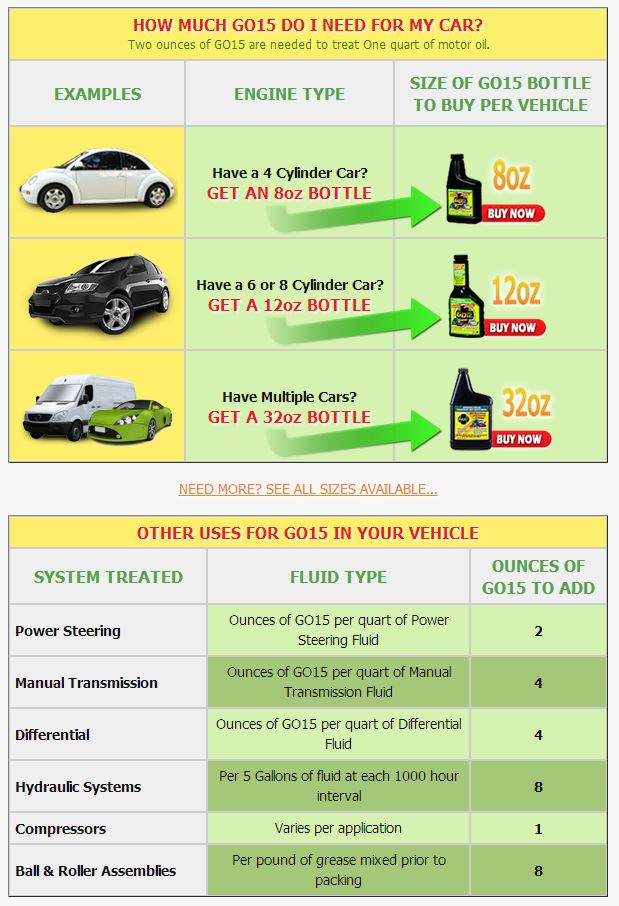Almost every red blooded American male loves a good muscle car. And why shouldn’t they? The Muscle Car is part of what makes American cars so special. They were created in America for everyone to love and drive. And we did just that! Not only did we fall in love with the muscle car when it was first created we still love it today. From the classic originals to the modern muscle car, we love them all! Here are a few facts about the muscle car that you probably did not know already.
Fact 1:
Mercury Cougar tail lights were used for the 1967 Shelby Mustangs while the 1968 model incorporated the ones from 1966 Ford Thunderbirds.
Fact 2:
Chevy never produced a 1983 Corvette. The second generation ended up in 1982 and the third generation started in 1984. Some say Chevy needed more time to fit the emission regulations, others claim it was quality bugs at the factory. All 1983 prototypes, except for the one that is at the Nation Corvette Museum, were destroyed.
Fact 3:
Daytona’s aerodynamic drag coefficient is 0.28 – great one for nowadays too. The radical height of the rear wing is said to be not that necessary, the idea was to be able to fully open the trunk.
Fact 4:
Pontiac T-Top roof for the 1976 models were made by Hurst. But they leaked, so Pontiac developed their own version and launched it in the 1978 models. Still, so of the 1978 Firebirds had the Hurst one (aka “Hurst Hatch”).
Fact 5:
The 1969-1970 Ford Mustang Boss 429 had three different engines installed. The “S-Code” was hardcore but had warranty problems due to incorrect assembly process so the lighter-duty version “T-Code” was developed. The product ended with “A-Code” which had new valvetrain.
Fact 6:
Chevy did not allow any other Chevrolet to be more powerful than that of its top performance car – the Corvette, until the LS6 was made.
Fact 7:
Chevrolet actually developed the ZL-1 427 engine for races. COPO Camaro used that V8 at the Can Am series.
Fact 8:
Pontiac picked up the leftover GNX turbocharged engines from Buick and used those for 1989 20th anniversary Trans Am muscle cars.









